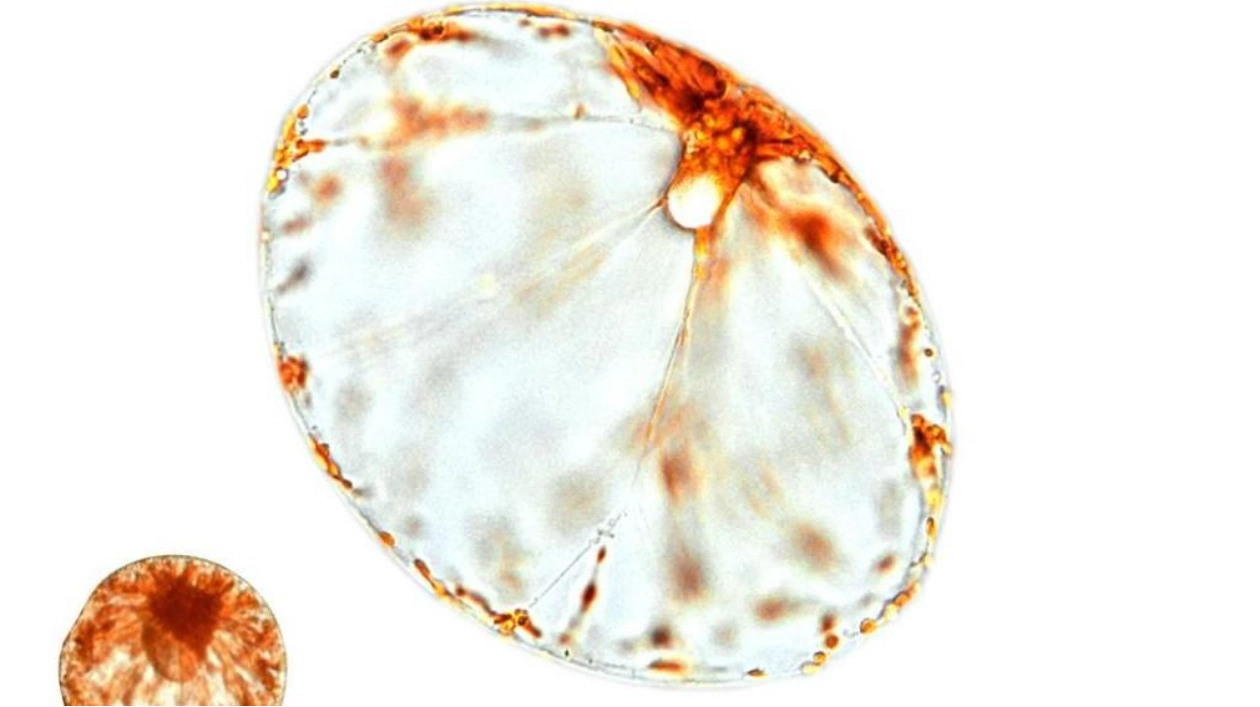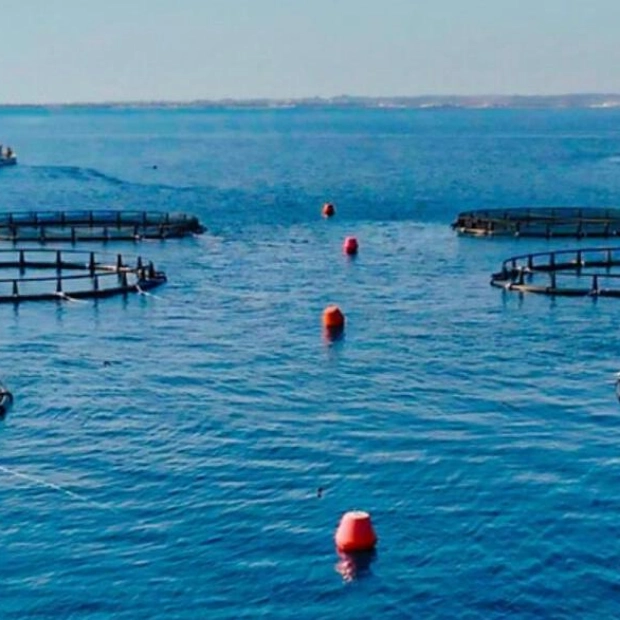One of the most significant migrations on Earth involves a vast biomass of tiny plankton traveling from deep in the sea to the surface. However, not all of these organisms have limbs to propel themselves upward. The mystery of how some manage such a long journey has now been partially solved. A team of researchers has discovered that one species of phytoplankton employs an ingenious solution: swelling to six times its original size. This process reduces its density, allowing it to float upward like a helium balloon, as reported by bioengineer Manu Prakash and his colleagues at Stanford University on October 17 in Current Biology.
“This is unique,” says Andre Visser, an oceanographer at the Technical University of Denmark. “They’ve demonstrated a novel way for these cells to remain buoyant or stay near the surface.” The team collected water samples about 160 kilometers off the coast of Hawaii, focusing on observing the behavior of Pyrocystis noctiluca. These 1-millimeter-long unicellular phytoplankton, famous for their bioluminescence, undertake a once-in-a-lifetime journey from about 125 meters deep to about 50 meters, where they can access more sunlight needed for photosynthesis. Such journeys for phytoplankton can take days, unlike the daily treks made by tiny animals, or zooplankton.
In the lab, the team used special microscopes to simulate the movement of the cell traveling up the water column, likening it to a “hydrodynamic treadmill.” Prakash describes this as a kind of “virtual reality machine for single cells.” P. noctiluca is denser than seawater and should theoretically sink. However, at the start of its life cycle, it swells, reducing its density and enabling it to travel up the water column. By the end of its seven-day life cycle, the cell begins to divide into two daughter cells as it sinks. Upon completion of division, the newborn cells inflate by filling with seawater, ballooning to six times their original size in about 10 minutes, and the cycle begins anew.
The researchers hypothesize that the cell becomes less dense and more buoyant due to aquaporin proteins filtering out dense salt from the incoming seawater. Stanford bioengineer Adam Larson explains, “In this way, you can have much less dense material flooding into the cell, making it less dense than the surrounding seawater.” Experiments using seawater with and without calcium suggest that calcium in the seawater might trigger and facilitate this transformation. Inflation not only helps the phytoplankton rise but also has significant implications for other aspects of their life. “Bigger cells tend to have lower predation risk. There’s fewer things that can eat them,” Visser notes. It also aids in nutrient uptake and photosynthesis, as a larger surface area allows the cell to capture more sunlight.






